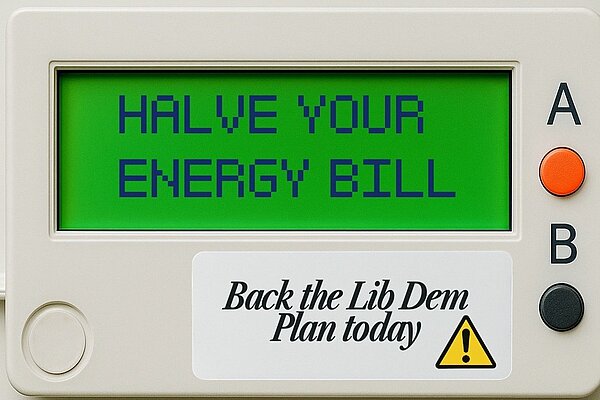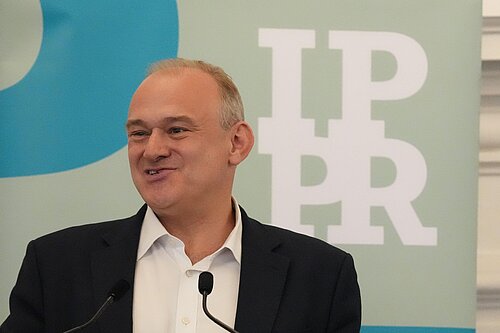
For People, For Planet
The climate and nature crises are the defining challenges of our time – yet Conservative and Labour governments have failed to act with the urgency needed. Our bold new policy will deliver climate action that puts people and the planet first.

